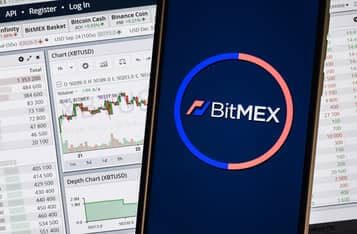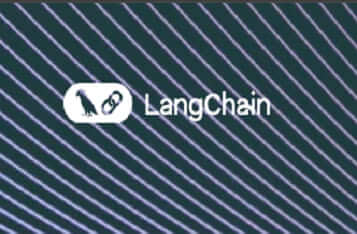Circle's Stablecoin USDC Affected by Collapsed Bank
Circle CEO and co-founder Jeremy Allaire revealed that the stablecoin issuer had been able to access its $3.3 billion in funds held with Silicon Valley Bank since March 13. Allaire stated that he believed that almost everything was able to clear from the failed lender. However, USDC briefly de-pegged following news of the temporarily locked funds, leading to a drop in the stablecoin's market cap by almost 10% since March 11.
USDC's dollar peg has since recovered, but mass redemptions have affected its market cap. In contrast, USDC's peer, Tether, has recorded a slight increase in its market cap since March 11, climbing over 1% to $73.03 billion. Although the temporarily locked funds represented less than 8% of the token's reserves, it had a significant effect on USDC.
The January reserve report released on March 2 asserted that USDC was over 100% collateralized, with over 80% of the reserve consisting of short-dated United States Treasury Bills, which are highly liquid assets that are direct obligations of the U.S. government and considered one of the safest investments globally. Despite the impact of the collapsed bank, the reserve report provides assurance that USDC remains backed by highly liquid assets and overcollateralized.
USDC is one of the most widely used stablecoins in the cryptocurrency market, with a market cap of over $10 billion as of March 2023. Stablecoins are a type of cryptocurrency that is pegged to the value of a fiat currency, usually the U.S. dollar, and are designed to provide a stable store of value that can be used for transactions without the volatility typically associated with other cryptocurrencies like Bitcoin.
The news of the temporarily locked funds at Silicon Valley Bank highlights the potential risks associated with stablecoins, which are often seen as a safer alternative to other cryptocurrencies due to their stable value. However, the fact that these coins are backed by fiat currency reserves means that they are only as safe as the financial institutions that hold those reserves.
In recent years, there have been several high-profile cases of stablecoin issuers facing regulatory scrutiny or experiencing issues with their banking partners. For example, in 2018, Tether, the largest stablecoin issuer at the time, faced allegations that its reserves were not fully backed by U.S. dollars as it had previously claimed. Similarly, in 2021, the stablecoin issuer Centre, which is backed by Coinbase and Circle, faced a lawsuit alleging that it had violated securities laws by failing to register its USDC stablecoin with the U.S. Securities and Exchange Commission.
Despite these challenges, stablecoins have become an essential part of the cryptocurrency ecosystem, providing a way for traders and investors to move funds between exchanges and participate in decentralized finance (DeFi) applications without the risks associated with traditional fiat currencies.
In response to the risks associated with stablecoins, regulators around the world are increasingly taking steps to provide more oversight and regulation of these assets. For example, in the U.S., the SEC has signaled that it may consider stablecoins to be securities, which would subject them to greater regulatory scrutiny. Similarly, in the EU, regulators have proposed new rules for stablecoins that would require issuers to be authorized and subject to ongoing supervision.
In conclusion, the news of Circle's temporarily locked funds at Silicon Valley Bank highlights the potential risks associated with stablecoins, but the fact that USDC remains overcollateralized with highly liquid assets provides some reassurance to investors. As stablecoins continue to play a critical role in the cryptocurrency ecosystem, it is likely that regulators will continue to scrutinize these assets and develop new rules to ensure their safety and stability.






